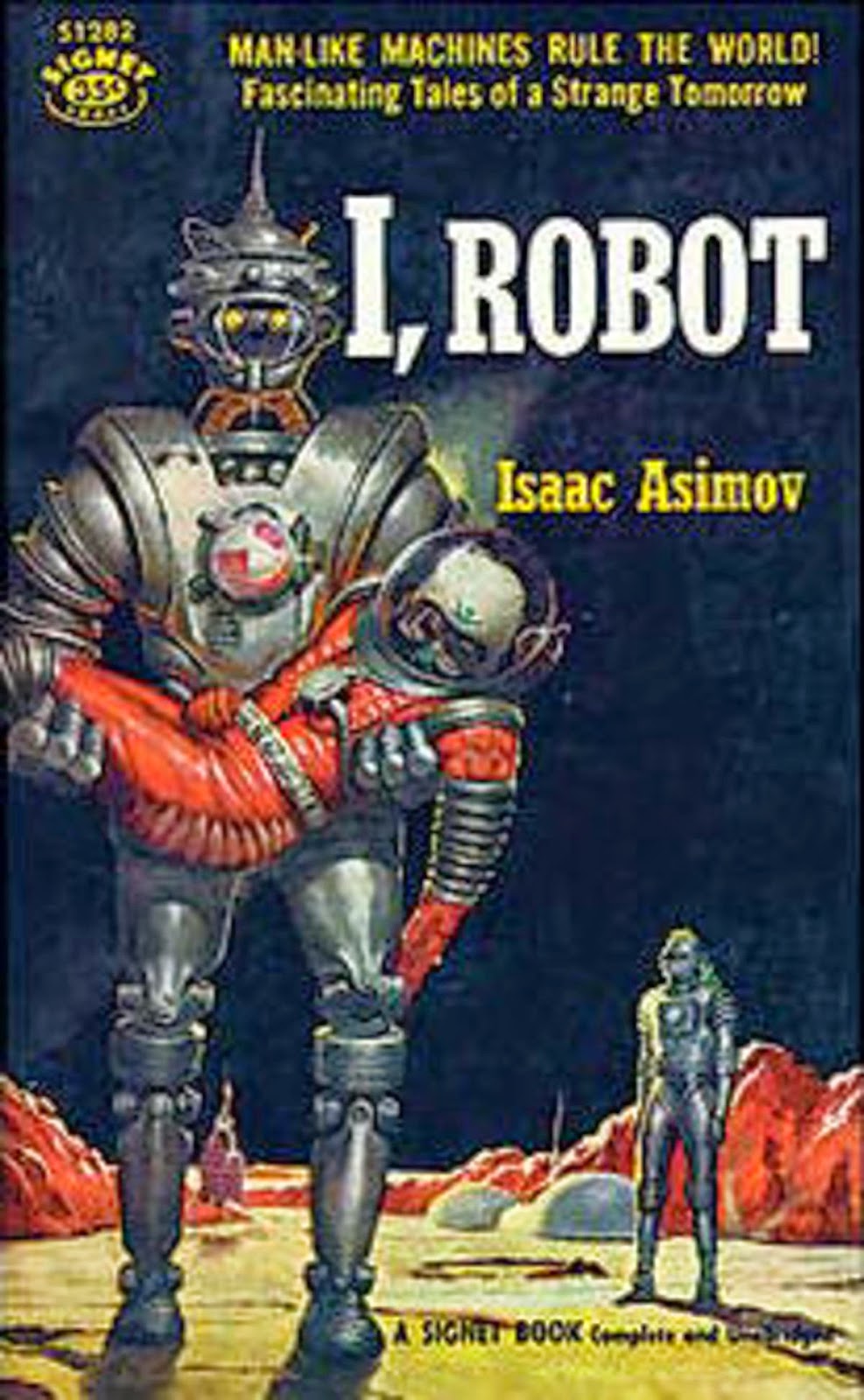

- #Was the numberlys an influence for the movie robots how to#
- #Was the numberlys an influence for the movie robots manual#
Robot And The Future: How Robot Manufacturing Is Transforming The Assembly Line?
#Was the numberlys an influence for the movie robots how to#
However, the major drawback of effective implementation is frequently poor knowledge of how to use these emerging technologies to improve the production process. Robotics in manufacturing and artificial intelligence holds a lot of viable potential for the manufacturing industry. These robots mostly engage in shifting items from one workstation to the other. In a highly advanced Tesla Gigafactory, factory robots self-steer Autonomous Indoor Vehicles (AIVs) spontaneously without any guidance from beacons or magnets. Some robotic manufacturing system involves a hybrid system where factory robots collaborate with human workers. Tasks that involve two or three shifts.Tasks involving the handling of heavy and awkward tools.Risky or discomforting tasks like spray painting, spot welding, and arc welding.The different categories of jobs done by human employees with great potential of being taken over by production robots include the following:
#Was the numberlys an influence for the movie robots manual#
In roughly all robot manufacturing, the factory robots serve as an alternative to manual labor.

The sensor helps to decide whether or not that part complies with quality specifications. In a standard inspection task, the robot uses a sensor on the part of the machine it is inspecting. A production robot will do better in a fastening design which makes use of snap fits and other single step fasting method.Īnother commonly utilized robot manufacturing process is in operation inspections. For example, fastening with a screw and nut is more suitable for humans than production robots. Assembly systems that are suitable for human workers may be unsuitable for factory robots. Product design is a significant part of robotics in manufacturing systems. This requires every robot in the compartment to recognize the product design when it comes and afterward perform a suitable task for the specific unit. Photo by John Sprovieri on AssemblyĪnother application would be to develop a combination of varying product design styles in a single assembly compartment. Because equipment can be programmed, the first process in the assembly line is to develop different styles of a product in batches, while modifying the robot program after each batch. The utilization of factory robots in the assembly line is projected to get higher, given the high cost of hiring human workers to perform these functions. The other use of production robots in the production process is assembly and inspection. Machine loading and unloading tasks use robotic equipment in loading and unloading parts in robotic manufacturing systems.

The more complex transfer tasks of production robots include putting parts of a machine on top of pallets in a structure which the robot will estimate on its own. Most of these tasks are comparatively easy and only requires the factory robots to collect machine parts from a single conveyor and put it on a different one. When performing material transfer tasks, production robots move materials or parts of a machine from one point to the other. The use of factory robots in material-handling involves the transfer of material, loading, and unloading of the machine. Uses Of Robots In Manufacturing Tasks Handling Of Materials Furthermore, this would accelerate the production process and make robotic manufacturing systems better. Nonetheless, the development of robotics technology, such as Robotic Processing Automation (RPA), is yet another milestone in the transformation of the manufacturing industry. Perhaps humans are gravitating towards robot manufacturing because of the following factors: to protect the human workforce from filthy, monotonous, or risky tasks to enhance quality by preventing mistakes and minimizing inconsistency to lower the cost of production.


 0 kommentar(er)
0 kommentar(er)
